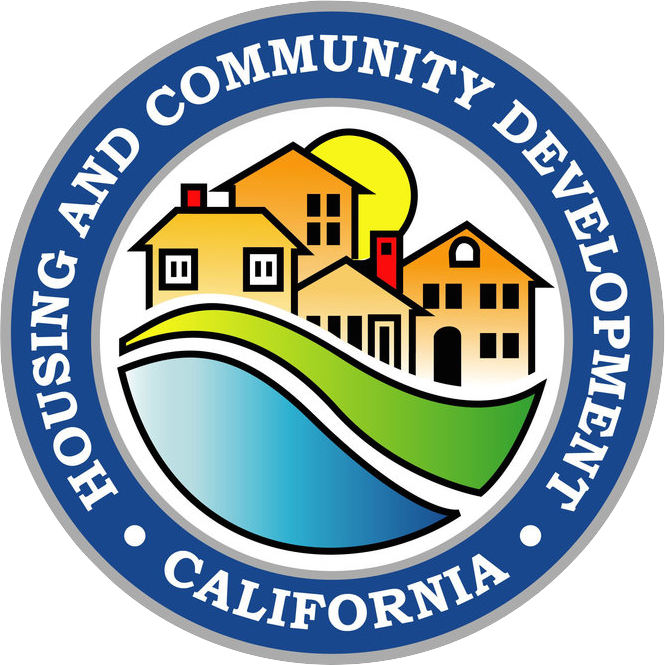The Regional Early Action Planning Grants of 2021 (REAP 2.0) are a key part of the state’s strategic investments toward a more sustainable, resilient, and inclusive future.
REAP 2.0 builds on the success of REAP 2019, but expands the program focus by integrating housing and climate goals, and allowing for broader planning and implementation investments (including infrastructural investments that support infill development which facilitates housing supply, choice, and affordability).
Program Overview
REAP 2.0 is a flexible program that will accelerate progress towards our state housing goals and climate commitments through a strengthened partnership between the state, its regions, and local entities. REAP 2.0 funds will accelerate infill housing development, reduce Vehicle Miles Traveled (VMT), increase housing supply at all affordability levels, affirmatively further fair housing (AFFH), and facilitate the implementation of adopted regional and local plans to achieve these goals.
REAP 2.0 is administered by HCD in collaboration with the Governor’s Office of Planning and Research (OPR), the Strategic Growth Council (SGC), and the California Air Resources Board (CARB). REAP 2.0 provides an investment to advance implementation of adopted regional plans by funding planning and development activities that accelerate infill housing and reductions in per capita VMT.
Funds can be utilized for planning efforts, or for implementing existing plans, as they relate to housing and infrastructure to support new housing.
All applications must satisfy both housing and VMT reduction goals while emphasizing the nexus between housing and climate change in ways that advance equity and improve underlying social and health vulnerabilities that may have contributed to more severe public health outcomes of the pandemic.
Statute does specify the following broad categories of eligible uses, though the program does allow some flexibility, and proposed uses must demonstrate a nexus to all program objectives:
- Accelerating infill housing development
- Realizing multimodal communities
- Shifting travel behavior by reducing driving
- Increase transit ridership
Most of the program’s funding ($480 million) will flow directly to the state’s 18 Metropolitan Planning Organizations (MPOs), and the MPOs may suballocate a portion of the funds to eligible entities (cities, counties, transit/transportation agencies) in their metropolitan region. The remaining funds are split into a set aside for Tribal entities and for eligible entities in smaller counties in non-MPO regions ($30 million), as well as for a Higher Impact Transformative set aside for all eligible entities ($30 million).

